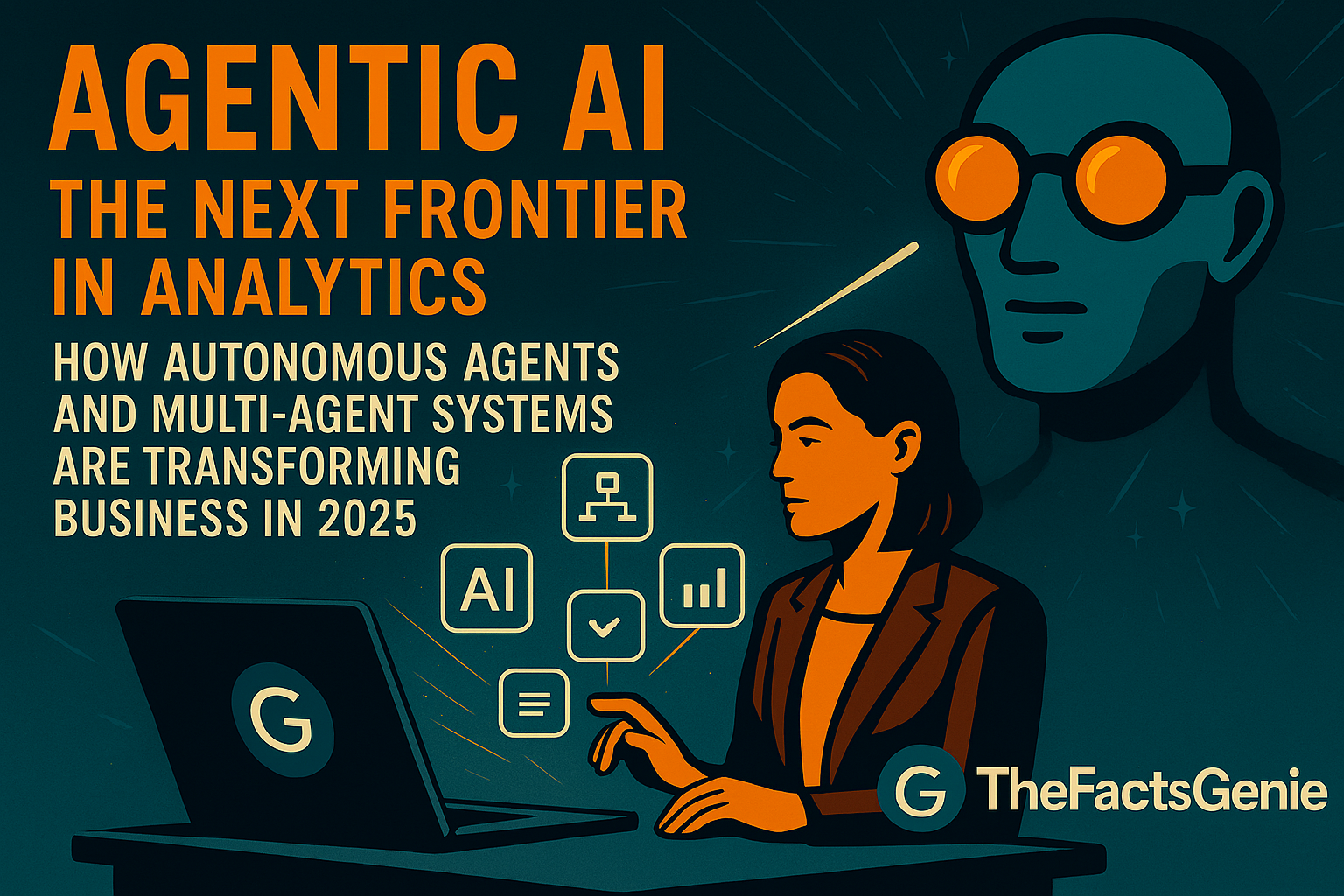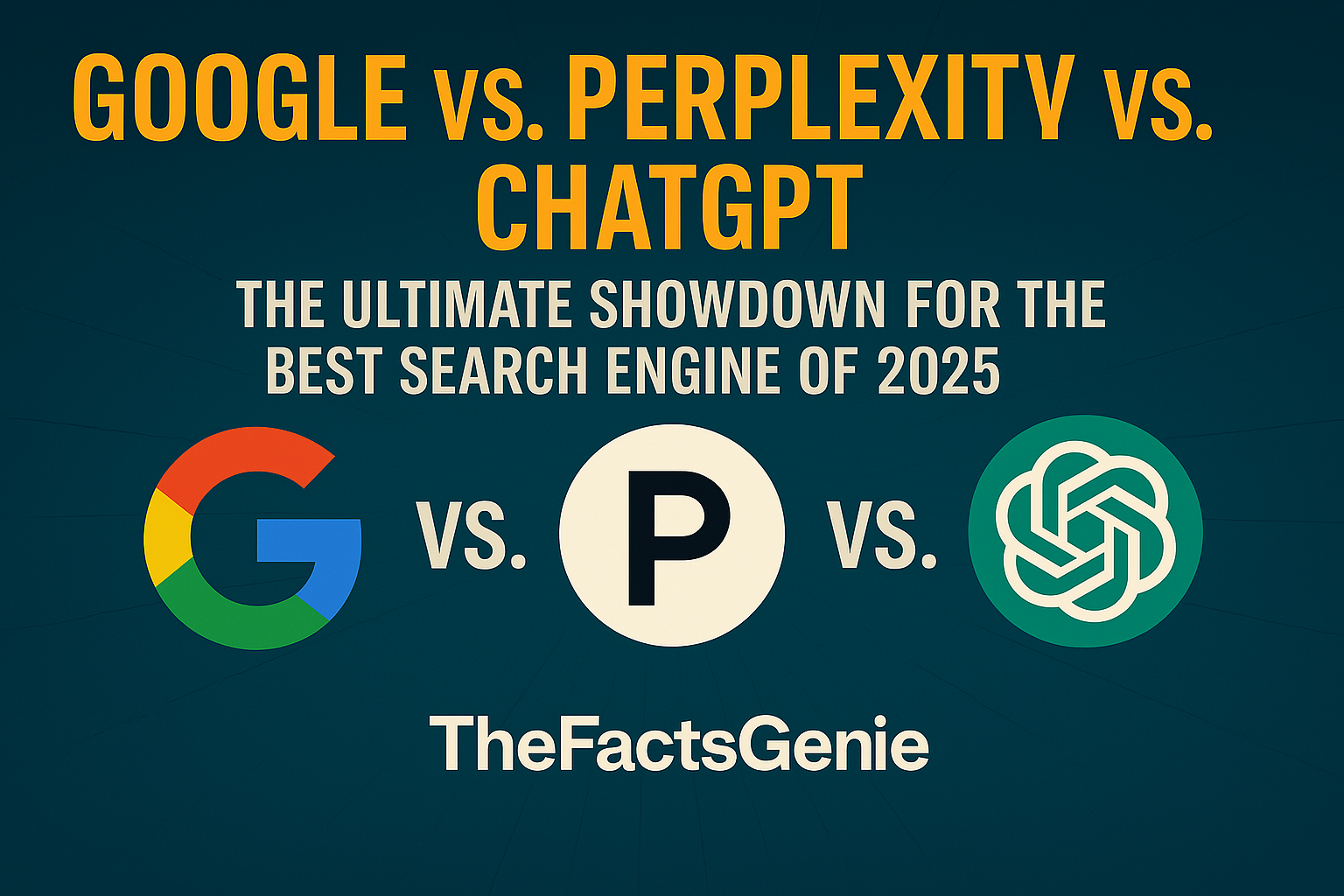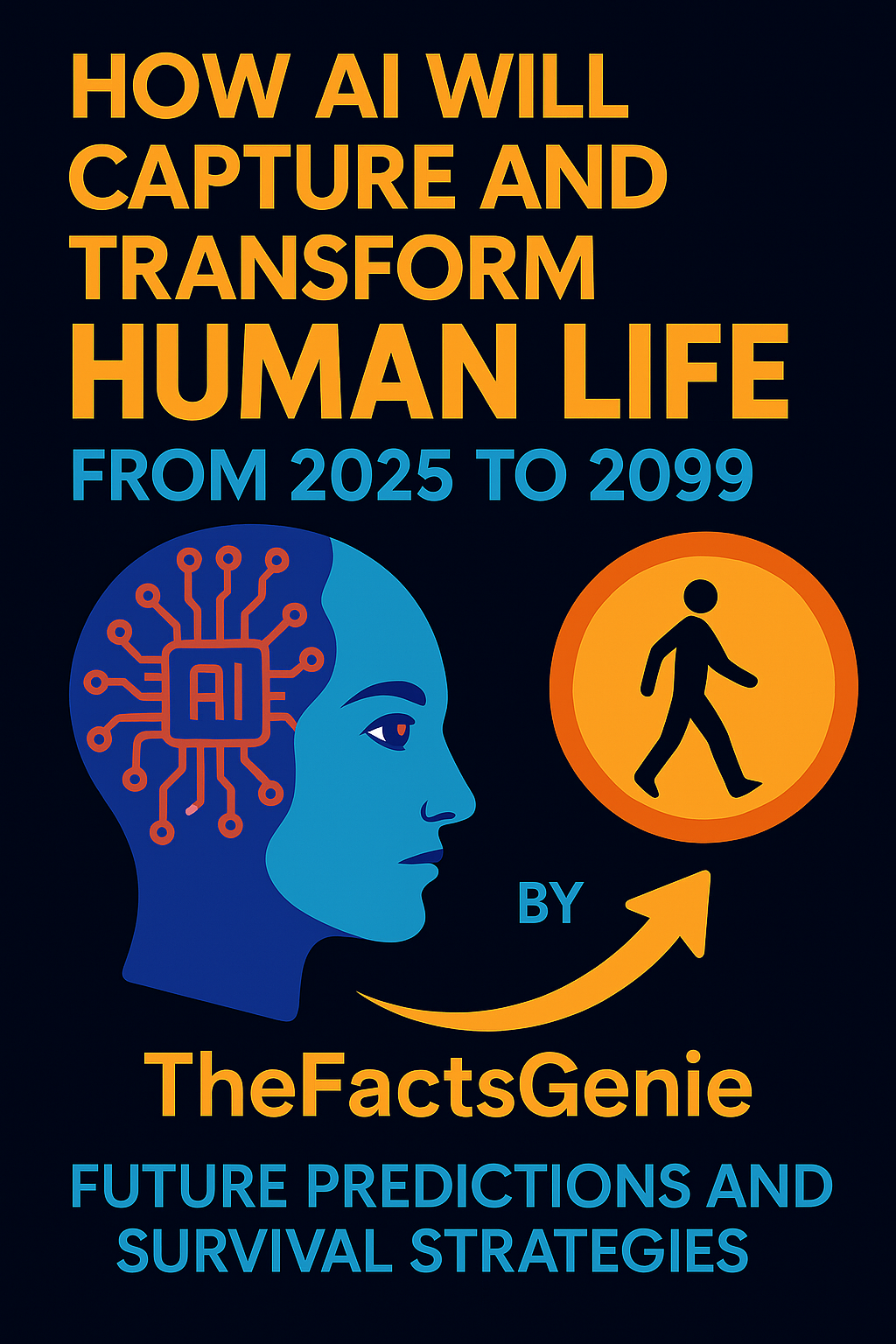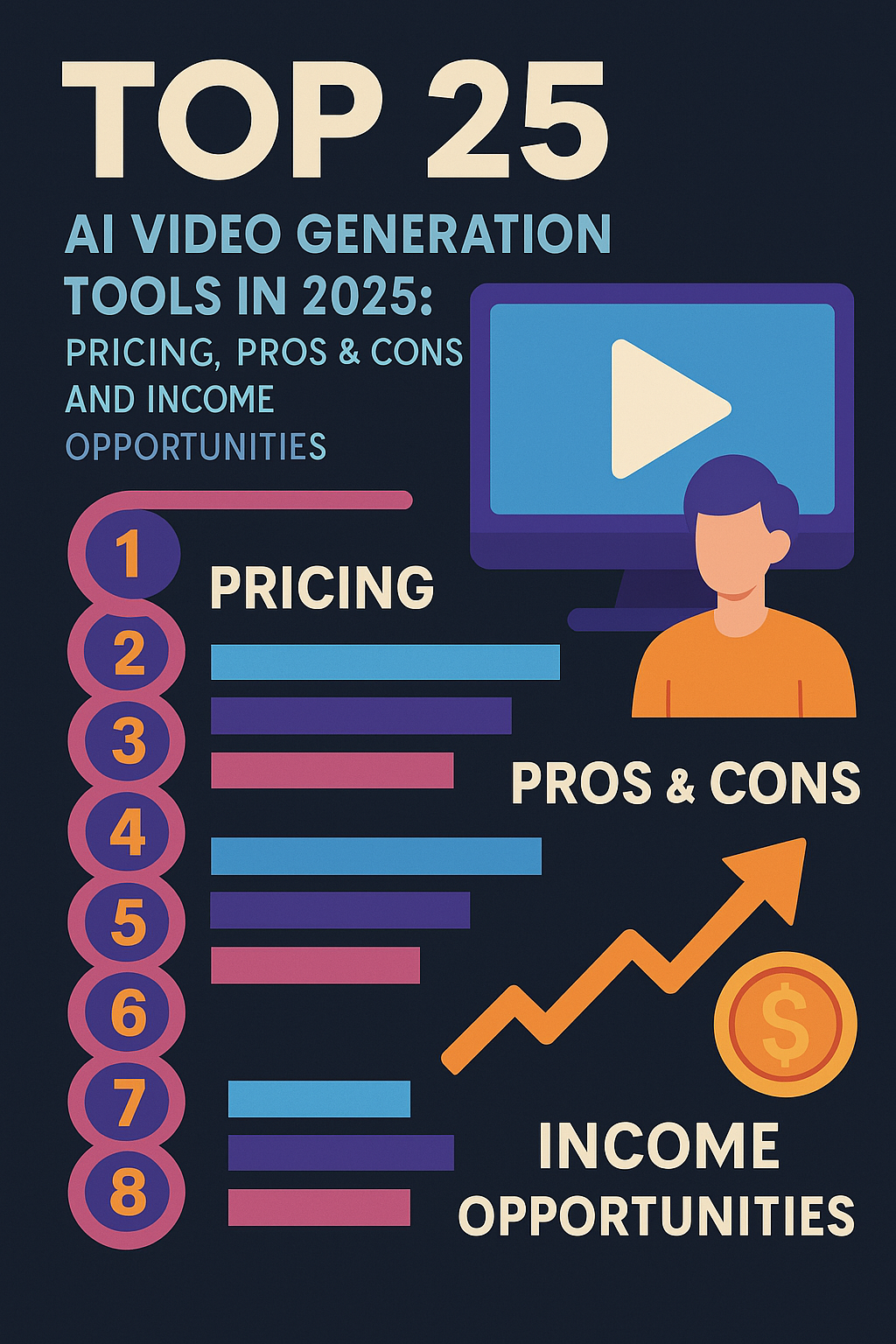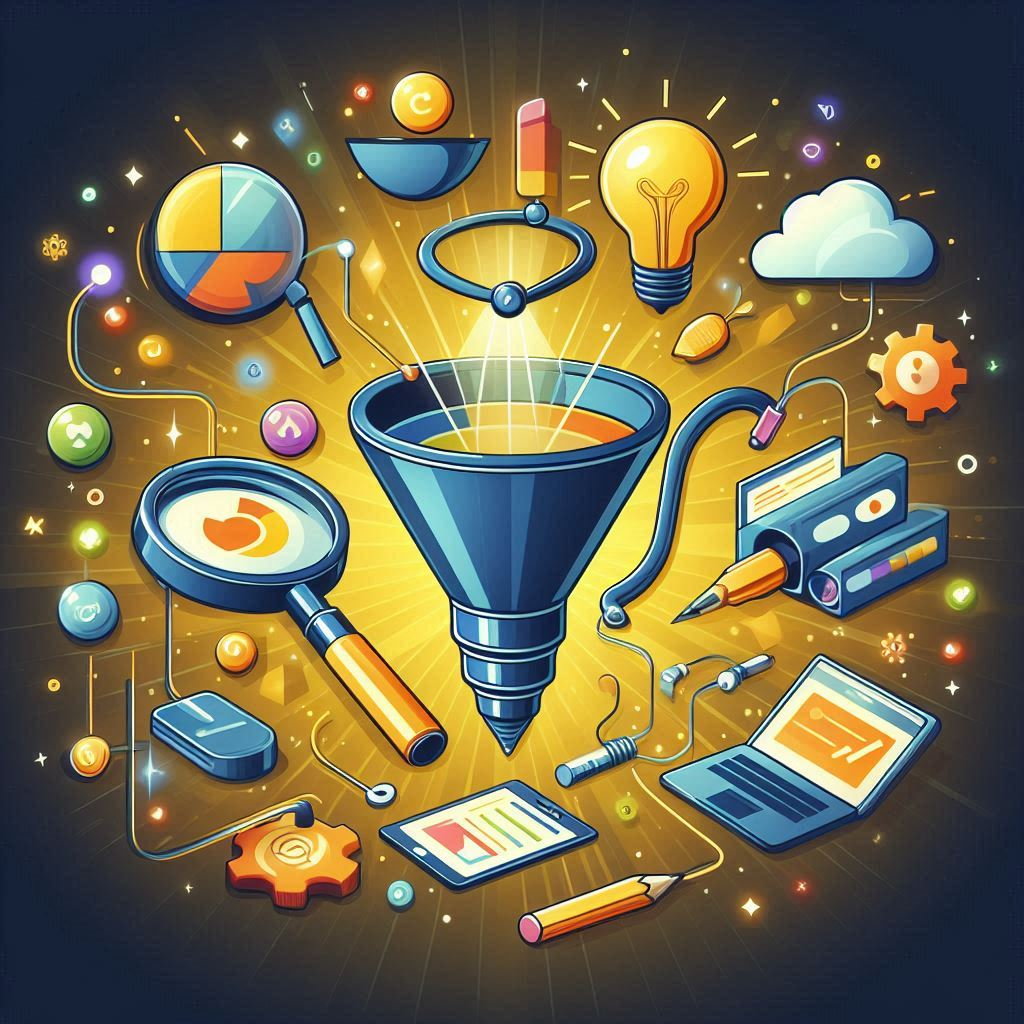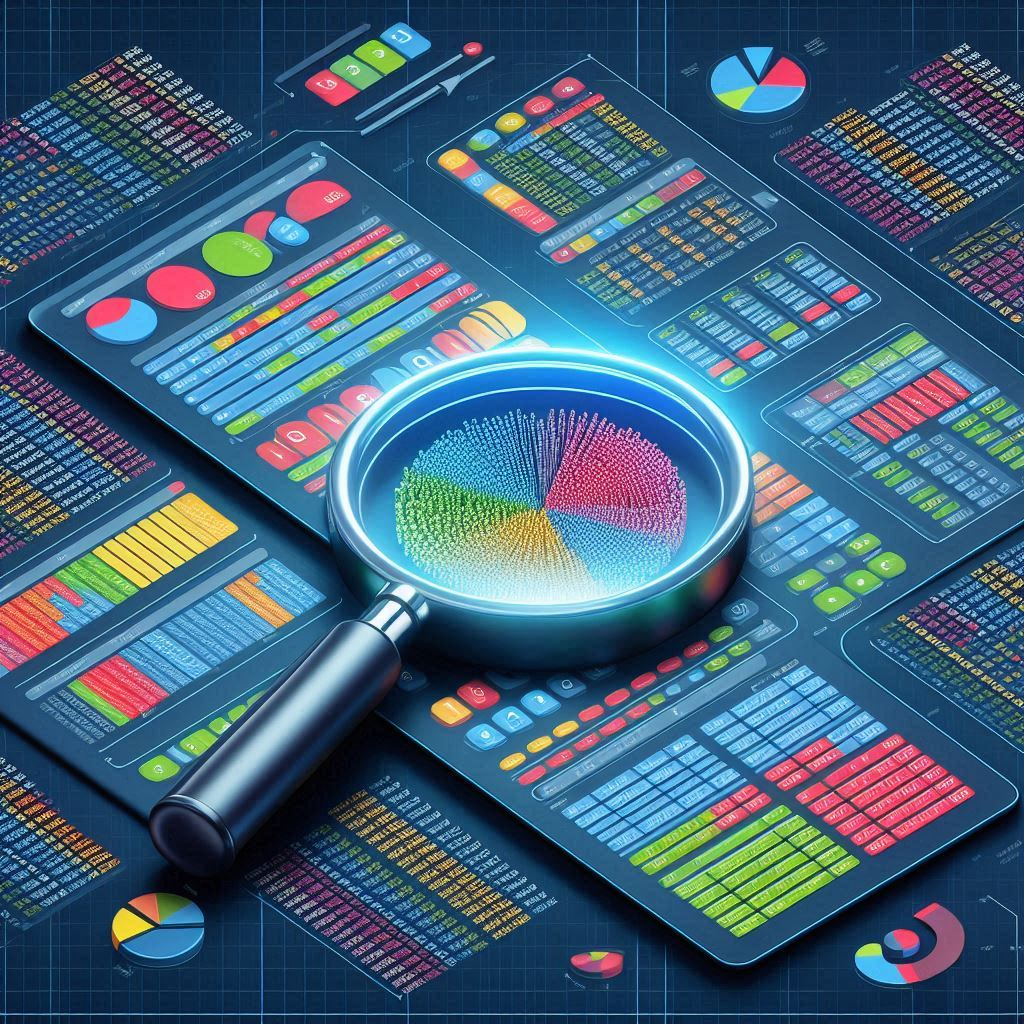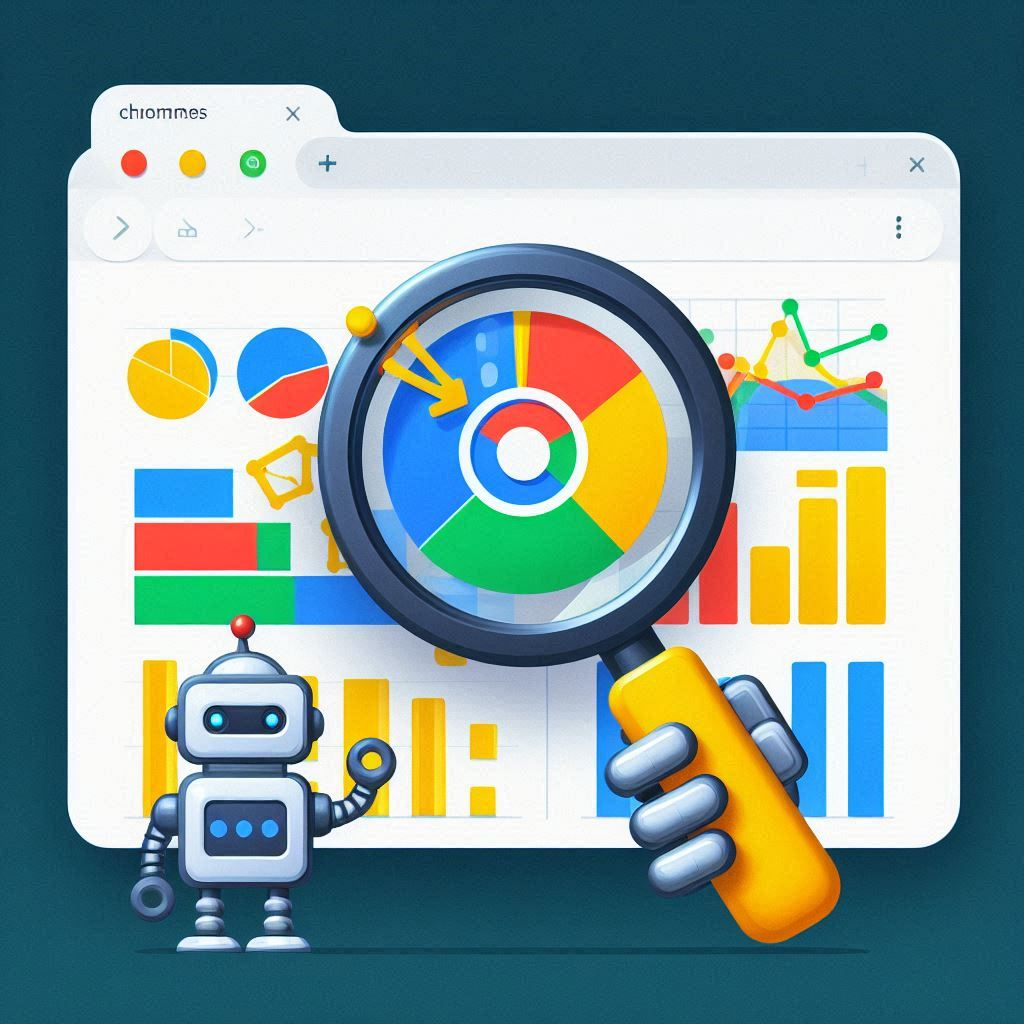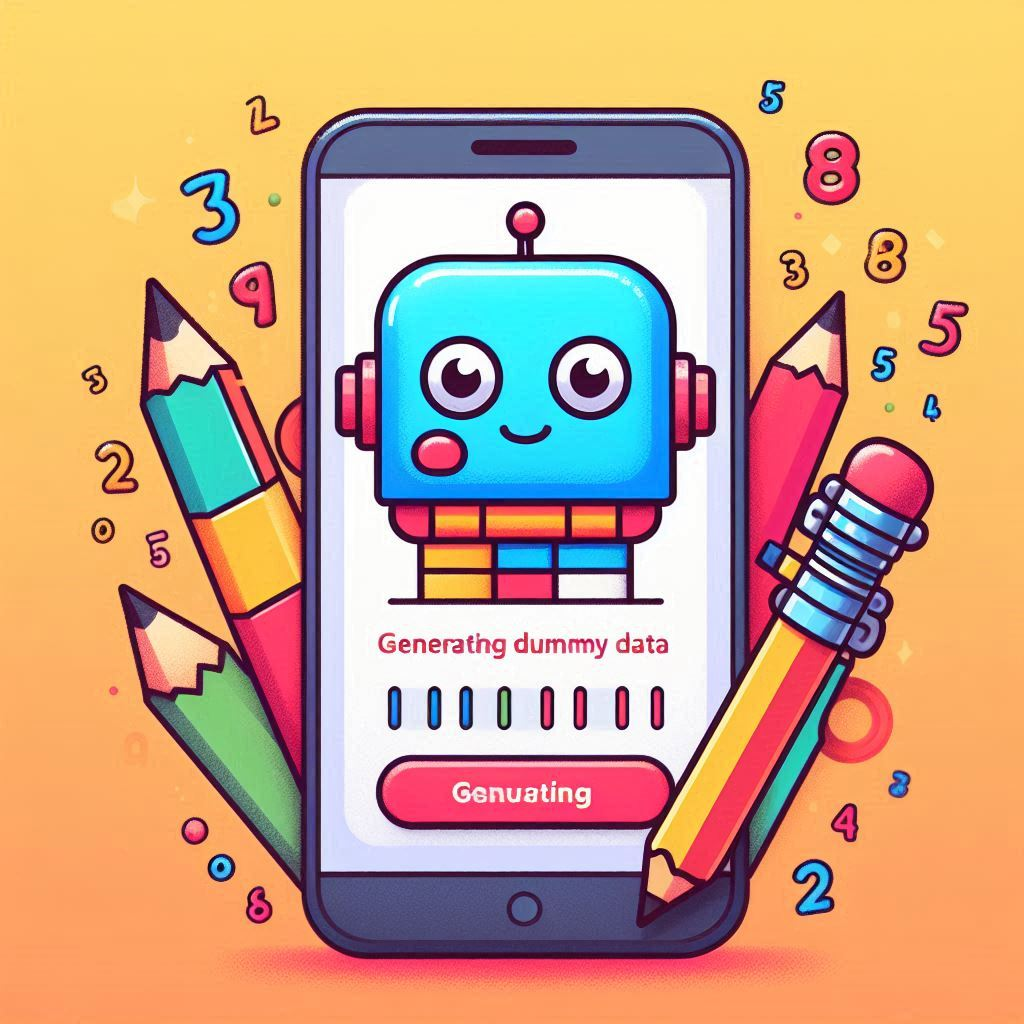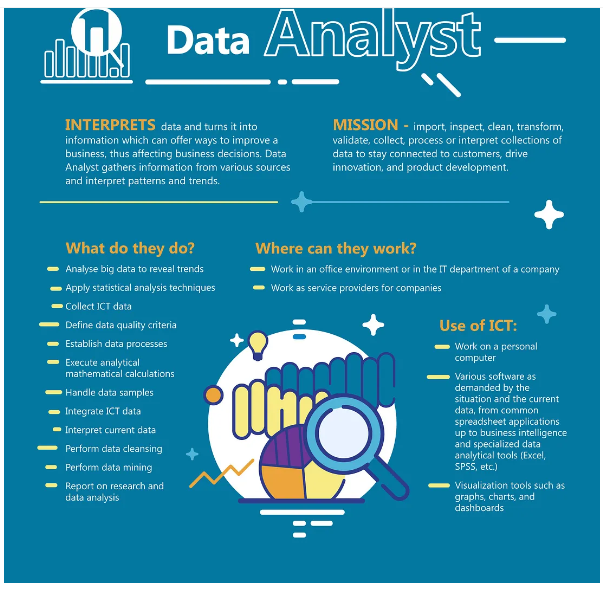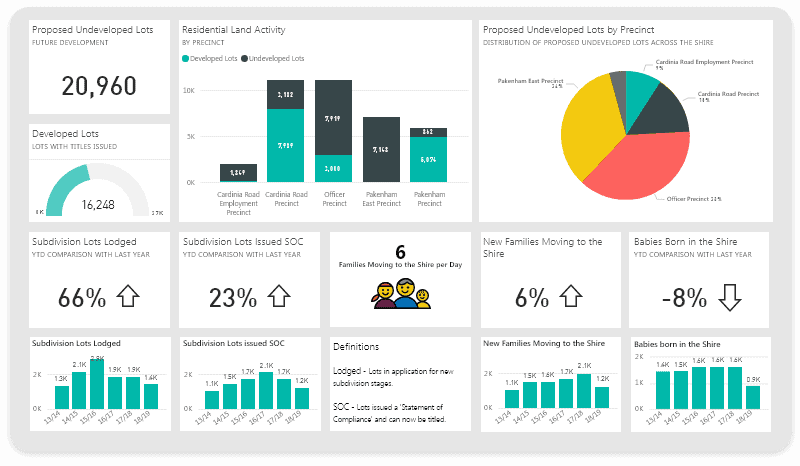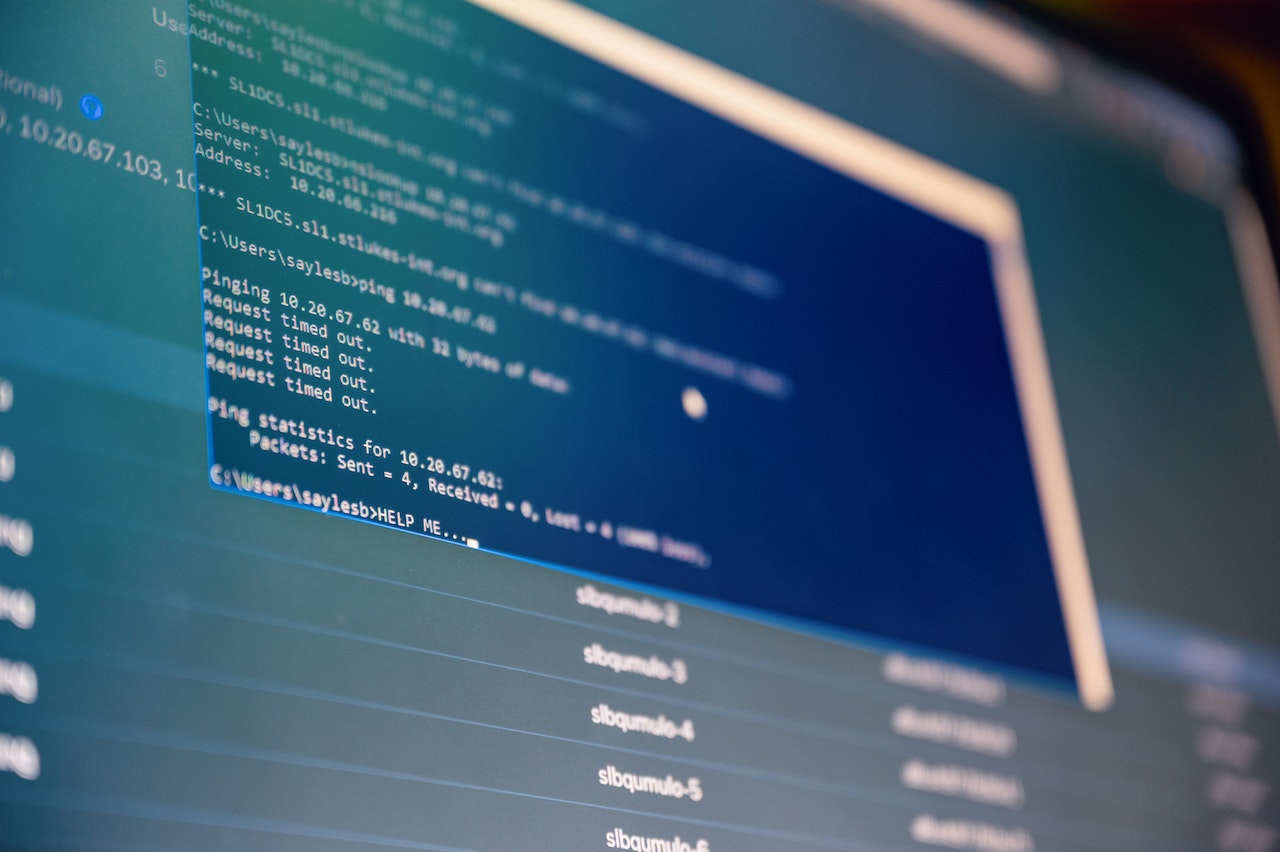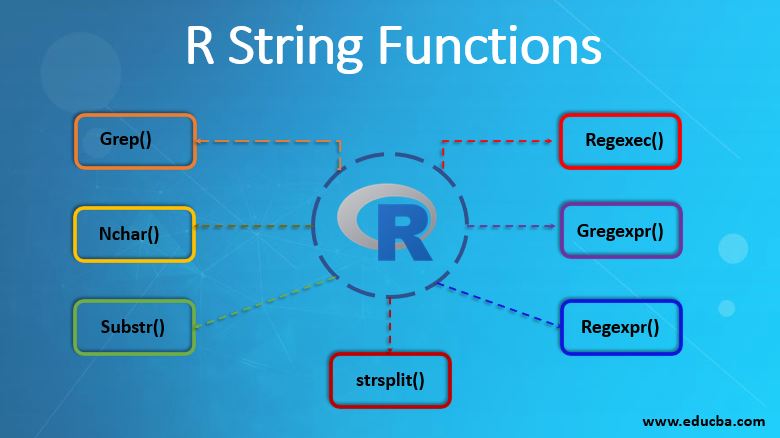
Python vs R: Which Programming Language is Better for Data Science?
Data science is one of the most exciting and rapidly growing fields in the world today. It involves collecting, analyzing, and interpreting large amounts of data to gain insights and solve problems. Data science requires a combination of skills, such as statistics, mathematics, programming, and domain knowledge.
But which programming language is best suited for data science? There are many options available, but two of the most popular and widely used languages are Python and R. Both languages have their strengths and weaknesses, and the choice depends on various factors, such as the type of data, the complexity of the analysis, the availability of libraries and tools, and the personal preference of the data scientist.
In this blog post, we will compare Python and R in terms of their features, advantages, disadvantages, and use cases for data science. We will also provide some tips on how to choose the right language for your data science project.
What is Python?
Python is a general-purpose, high-level, interpreted, and object-oriented programming language that was created by Guido van Rossum in 1991. Python is known for its simple and elegant syntax, which makes it easy to read and write. Python is also very versatile and can be used for a wide range of applications, such as web development, software development, system administration, and data science.
Python has a rich and diverse ecosystem of libraries and frameworks that support data science tasks, such as data manipulation, visualization, machine learning, deep learning, natural language processing, and more. Some of the most popular and useful Python libraries for data science are:
- NumPy: A library for handling multidimensional arrays and matrices, and performing mathematical and scientific operations on them.
- Pandas: A library for data analysis and manipulation, which provides data structures and operations for working with tabular and time series data.
- Matplotlib: A library for creating static, animated, and interactive data visualizations.
- Scikit-learn: A library for machine learning, which provides a range of algorithms and tools for classification, regression, clustering, dimensionality reduction, and more.
- TensorFlow: A library for deep learning, which allows building, training, and deploying neural networks and other complex models.
- Keras: A high-level API for TensorFlow, which simplifies the process of creating and running deep learning models.
- NLTK: A library for natural language processing, which provides modules and resources for analyzing, processing, and generating natural language data.
Python also has a number of tools and platforms that make data science easier and more interactive, such as:
- Jupyter Notebook: An open-source web application that allows creating and sharing documents that contain live code, equations, visualizations, and narrative text.
- Google Colab: A cloud-based service that provides free access to Jupyter Notebooks that run on Google’s servers, with pre-installed libraries and GPU support.
- Anaconda: A distribution of Python and R that comes with a package manager and an environment manager, and includes over 1,500 popular data science packages.
What is R?
R is a specialized, open-source, and interpreted programming language that was created by Ross Ihaka and Robert Gentleman in 1992. R is designed for statistical computing and graphics, and is widely used by statisticians, researchers, and data analysts. R is also a domain-specific language, which means that it has features and syntax that are tailored for data analysis and manipulation.
R has a comprehensive and vibrant ecosystem of packages and tools that support data science tasks, such as data wrangling, visualization, machine learning, statistical modeling, and more. Some of the most popular and useful R packages for data science are:
- dplyr: A package for data manipulation, which provides a consistent and expressive syntax for working with data frames and vectors.
- tidyr: A package for data tidying, which helps transform data into a standard and tidy format, where each variable is a column and each observation is a row.
- ggplot2: A package for data visualization, which implements the grammar of graphics, a system for creating and combining graphical elements to produce aesthetically pleasing and informative plots.
- caret: A package for machine learning, which provides a unified interface for training and testing various types of models, such as linear models, tree-based models, neural networks, and more.
- keras: A package for deep learning, which provides a high-level interface for building, training, and deploying neural networks and other complex models, using TensorFlow as the backend.
- tidytext: A package for text analysis, which provides tools and methods for working with textual data in a tidy way, such as tokenizing, stemming, sentiment analysis, and topic modeling.
R also has a number of tools and platforms that make data science easier and more interactive, such as:
- RStudio: An integrated development environment (IDE) for R, which provides a user-friendly and powerful interface for writing, running, and debugging R code, as well as creating and managing projects, packages, and environments.
- Shiny: A package and framework for creating web applications using R, which allows building interactive and dynamic user interfaces that display and update data and plots.
- R Markdown: A package and format for creating documents that combine code, text, and output, which can be rendered into various formats, such as HTML, PDF, and Word.
Python vs R: Comparison
Now that we have seen an overview of Python and R, let us compare them in terms of their features, advantages, disadvantages, and use cases for data science.
Features
- Syntax: Python has a simple and clean syntax, which makes it easy to read and write. Python uses indentation to define code blocks, and does not require semicolons or curly braces. R has a more complex and inconsistent syntax, which can be confusing and frustrating for beginners. R uses various symbols and operators, and requires semicolons and curly braces for code blocks.
- Data structures: Python has built-in data structures, such as lists, tuples, dictionaries, and sets, which can store different types of data and support various operations. Python also has NumPy arrays and Pandas data frames, which are specialized data structures for numerical and tabular data, respectively. R has built-in data structures, such as vectors, matrices, lists, and data frames, which can store different types of data and support various operations. R also has tibbles, which are enhanced data frames that are compatible with the tidyverse, a collection of packages for data science.
- Functions: Python has built-in functions, such as print, len, sum, and max, which can perform common tasks on different types of data. Python also allows defining custom functions, using the def keyword, and supports lambda functions, which are anonymous functions that can be defined in one line. R has built-in functions, such as print, length, sum, and max, which can perform common tasks on different types of data. R also allows defining custom functions, using the function keyword, and supports anonymous functions, which can be defined without a name.
- Objects: Python is an object-oriented programming language, which means that everything in Python is an object, and has attributes and methods that define its properties and behaviors. Python also supports classes, which are templates for creating objects, and inheritance, which is a mechanism for sharing attributes and methods between classes. R is a functional programming language, which means that everything in R is a function, and can be applied to arguments and return values. R also supports objects, but in a different way than Python. R has multiple object systems, such as S3, S4, and R6, which have different rules and syntax for creating and manipulating objects.
Advantages
- Python: Python has several advantages for data science, such as:
- Versatility: Python can be used for a wide range of applications, such as web development, software development, system administration, and data science. This makes Python a flexible and powerful tool that can handle various tasks and challenges.
- Popularity: Python is one of the most popular and widely used programming languages in the world, which means that there is a large and active community of Python developers and users, who contribute to the development and improvement of the language, and provide support and resources for learning and problem-solving.
- Libraries: Python has a rich and diverse ecosystem of libraries and frameworks that support data science tasks, such as data manipulation, visualization, machine learning, deep learning, natural language processing, and more. These libraries and frameworks provide a range of functionalities and features that make data science easier and more efficient.
- R: R has several advantages for data science, such as:
- Specialization: R is designed for statistical computing and graphics, which means that it has features and syntax that are tailored for data analysis and manipulation. R also has a comprehensive and vibrant ecosystem of packages and tools that support data science tasks, such as data wrangling, visualization, machine learning, statistical modeling, and more.
- Quality: R is developed and maintained by statisticians, researchers, and data analysts, who have a deep understanding of the theory and practice of data science. This ensures that the R language and its packages and tools are of high quality and reliability, and adhere to the standards and conventions of the data science community.
- Visualization: R is known for its excellent data visualization capabilities, which allow creating and customizing a variety of plots and charts that are aesthetically pleasing and informative. R also has a number of packages and tools that make data visualization easier and more interactive, such as ggplot2, Shiny, and R Markdown.








